Beautiful City on the Prairie
If you are interested in exploring a fascinating city close to the Rocky Mountains, then you have to check out Calgary
The city is based in the southern part of Alberta about 80 km (50 miles) east of the stunning Rocky Mountains. Not many people visit Calgary for the sole purpose of checking out the city but come in connection with a stopover to other destinations such as Banff or Jasper National Parks.
Calgary has a lot to offer, from interesting architecture to fascinating history, so you should definitely take time to visit the city if you get the chance
History: Rupert’s Land
In 1869 Canada acquired Rupert’s Land but didn’t provide any government presence. American traders from Fort Benton, Montana established Fort Whoop Up in southern Alberta as a whisky trading post.
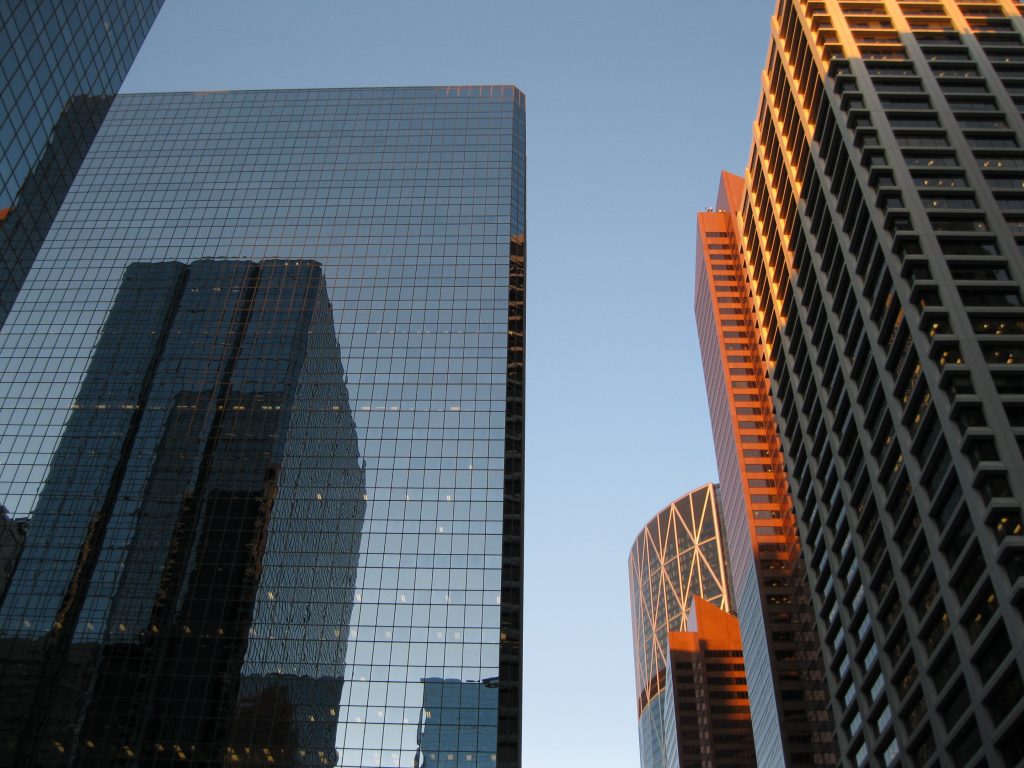
Illegal whisky trade, the need to build a railroad, the fear of the Americans making claim on the land and the massacre of Assiniboine natives by American wolf hunters, convinced Prime Minister Sir John A. Macdonald that he had to establish a police force in the North West Territories which were composed of the four districts called Alberta, Assiniboia, Saskatchewan and Athabasca.
A Lieutenant Governor and 5 councillors were appointed. In 1873 Macdonald passed legislation which created the North West Mounted Police (NWMP). This is what would later be known as the Royal Canadian Mounted Police, also called the Mounties. They were known for courageous and civil policing which allowed them to govern with respect instead of might.
History: The North West Mounted Police
In July 1874 the North West Mounted Police marched towards the western prairies. Officers led 300 men, Métis guides, wagons and carts loaded with supplies, field guns, cattle and haying equipment leaving from Dufferin, Manitoba.
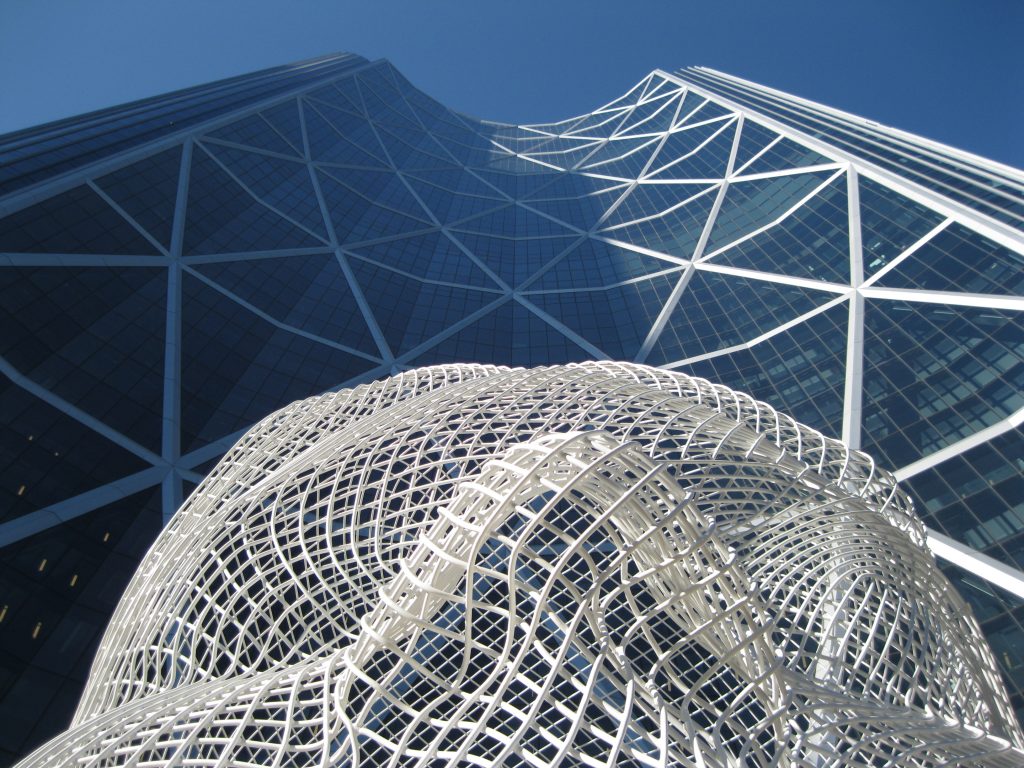
By September they were not sure of their position, were all worn out and could not locate the notorious Fort Whoop Up. Several officers went south to Fort Benton for supplies from the I.G. Baker and Company and hired a guide by the name Jerry Potts who led them to Fort Whoop Up, but Assistant Commissioner James F. Macleod and his men found that most of the traders had already returned to the United States. The Mounties then built Fort Macleod on an island in the Old Man River.
History: Arrival of the Railroad
In August 1875 Macleod sent off a troop led by Inspector Brisebois to what would become Fort Calgary. It was named after Macleod’s ancestral home in Scotland. The place was base for patrols to natives, ranches and for police duties during the construction of the railway. The men posted were sent on long patrols to capture whisky traders and horse thieves.
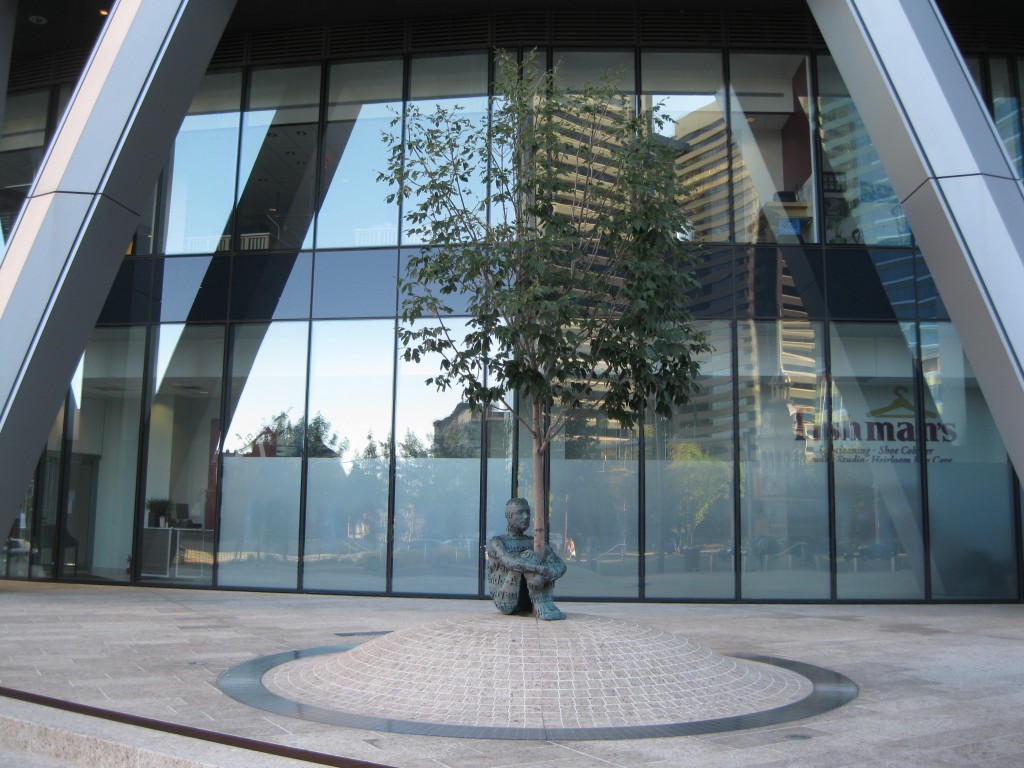
In 1882 the fort was rebuilt and housed seventy men and was the main base for the new settlement in Calgary. British Columbia were promised to be connected to the eastern provinces which forced the government to build a national railroad. British Columbia had already threatened to join the United States if no connection was provided.
The Canadian Pacific Railway placed a station to the west of the fort in 1883 and sold the surrounding lots to Calgarians. The train connection brought many people looking to start a new life in the west. As more people arrived the Mounties were more in demand.
The fort was demolished and a new building with shingled roofs was constructed which would be known as the Calgary Barracks. It was the headquarters for the E Division covering all the land north to Red Deer, south to High River and from British Columbia to the Saskatchewan border. Being responsible for such a large area the Mounties need help of native and Métis guides, who they had also used previously.
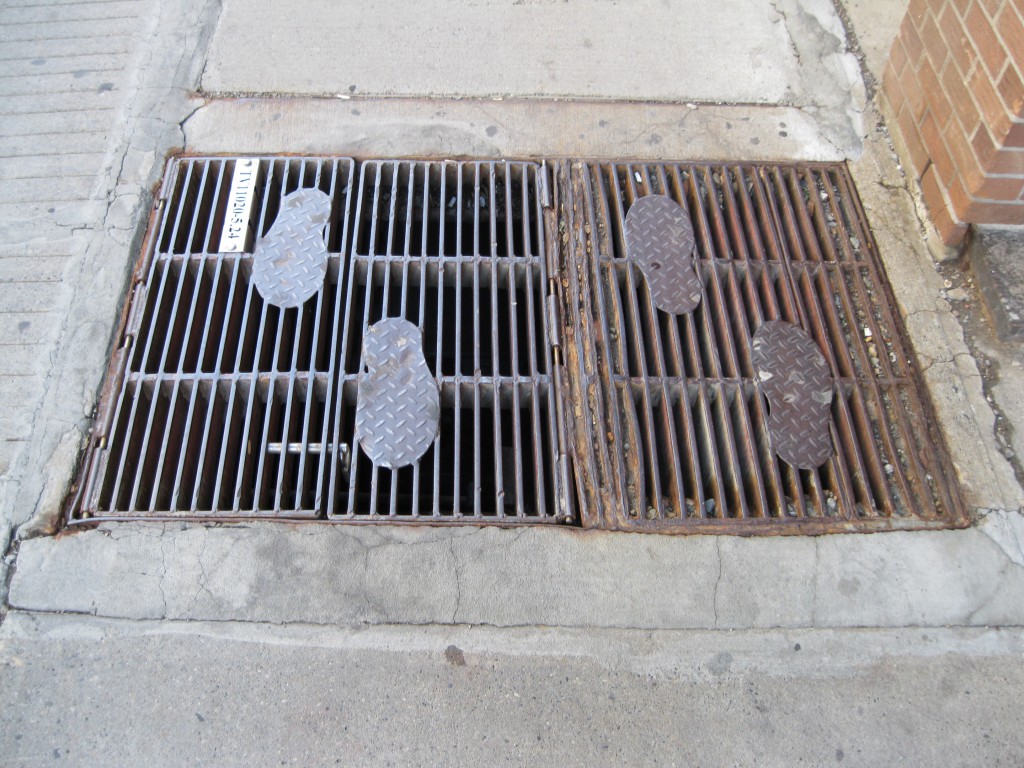
One of the two men’s barracks brunt down in 1887 and a new two story frame replaced it in 1888. Some of the rooms were used as barracks but the main floor housed an orderly room, a library, a canteen and a games room. What you see at the present day Fort Calgary interpretive centre next to the main entrance is a replica of the 1888 men’s barracks.
History: The Establishment of a Town
In 1894 Calgary became a town and the first city of the then North West Territories. The wooden stores were replaced by sandstone buildings and it was then known as the sandstone city.
Calgary began to change from a small community to an area with the economy being based on ranching and agriculture. Entrepreneurs opened businesses and parks were opened for the public to enjoy. Schools and hospitals were built, and automobiles and streetcars replaced the horse and wagon.
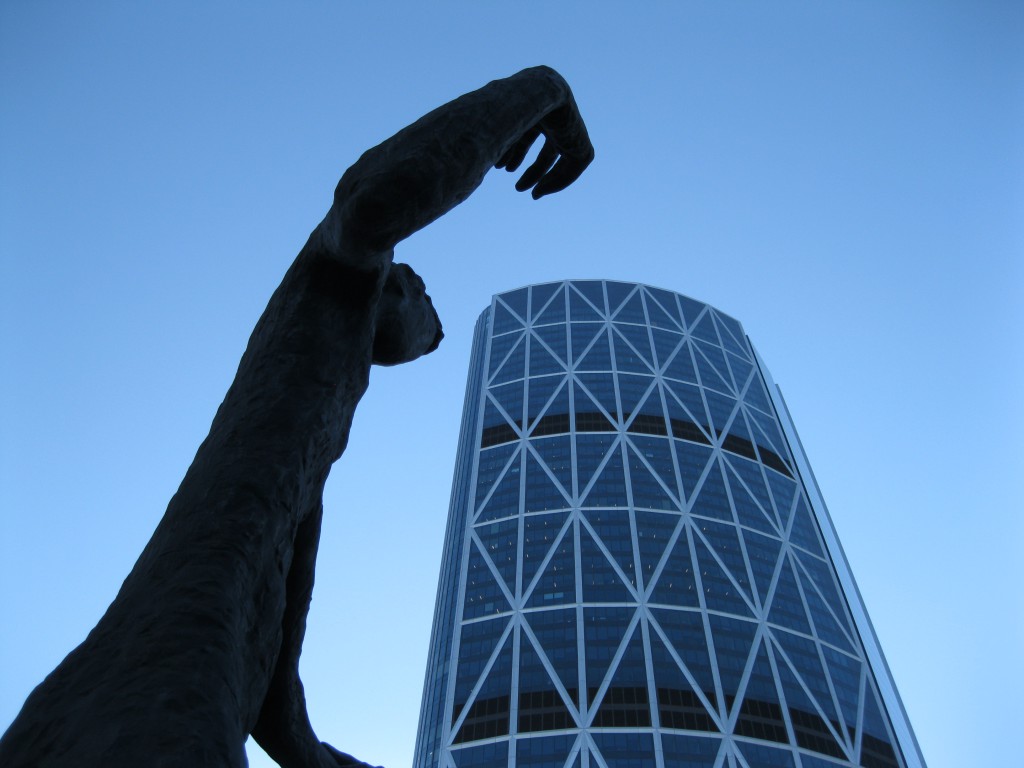
In 1905 Alberta received provincial status and Edmonton was chosen as the capital. Captain Richard Burton Deane was the last commanding officer on the site. He refused to stay in the quarters and Ottawa authorised the construction of a new home for him which was completed in 1906.
The barracks were sold to the Grand Trunk Pacific Railway in 1914 and all buildings but Deane’s were torn down. Deane’s house was used as the home for the stationmaster. The house was sold again in 1929 and was moved across the river to its present location.
Fort Calgary
One of the highlights in town is Fort Calgary which is located at 750 9th Avenue SE. It is definitely worth a visit especially if you are into history and the development of the Canadian west. Some of the fort is original but most of it is rebuilt.
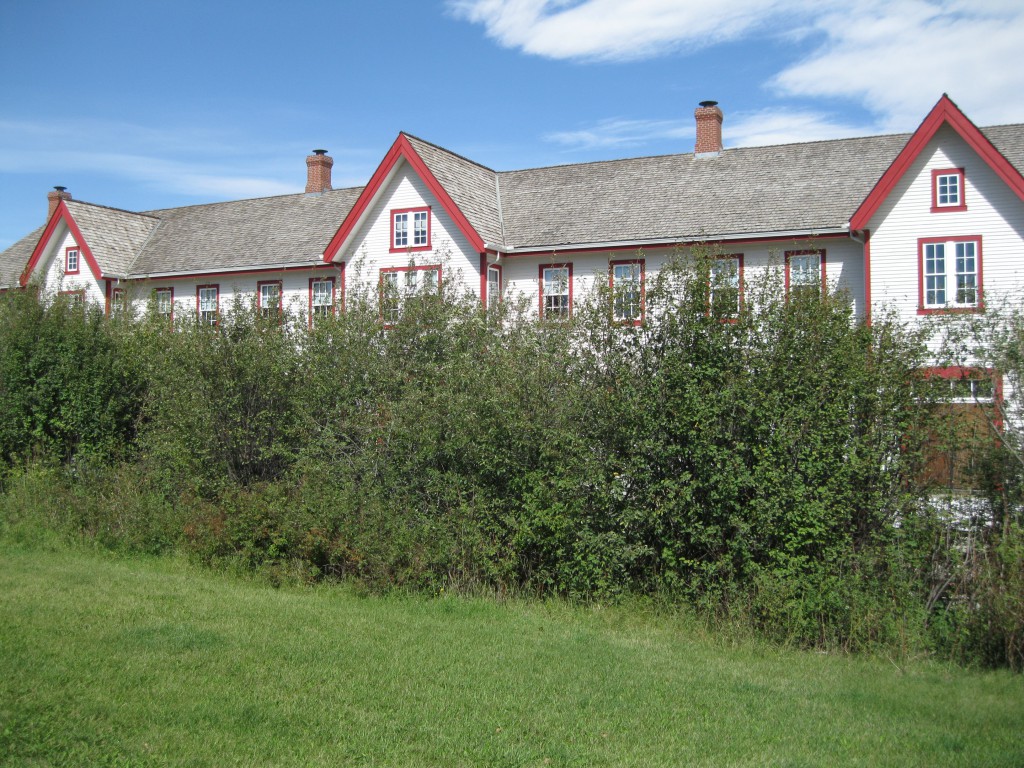
In connection with planning for the centennial of Calgary in 1975, Alderman John Ayer led a committee of citizens in a successful attempt to recover the birthplace of the city which was Fort Calgary. The city acquired the land, excavated the archaeological remains and built the museum/interpretive centre. Visiting the museum is both interesting and fascinating. The staff are friendly and will be eager to help with any queries you may have.
Check out the amazing structure of Fort Calgary by strolling around the structure and explore the details. The fort is a beautiful building wooden building so you can take a lot of photos from many different angles. Interesting displays are based in front of the museum about the history of the fort and the city which are worth having a look at.
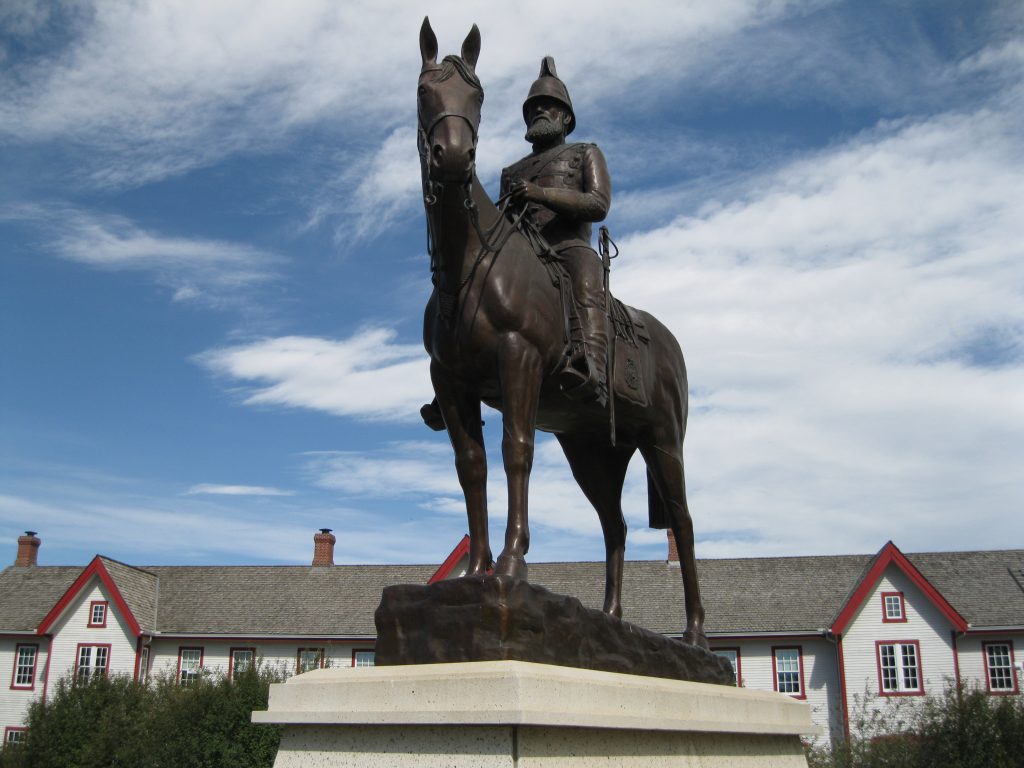
As you make your way through the museum you will be guided through the amazing history of Calgary and the west with educational displays and artefacts. The museum is split into two sections. One mostly with historical displays and one with reconstructions of the facilities of the time with both artefacts and displays with descriptions and historic information.
Inglewood
If you cross the bridge and the Elbow River at 9th Avenue SE, which is right next to Fort Calgary, you are heading east and will enter the nice neighbourhood of Inglewood. There are a couple of restaurants here and some historic buildings that may be a part of Inglewood’s heritage.
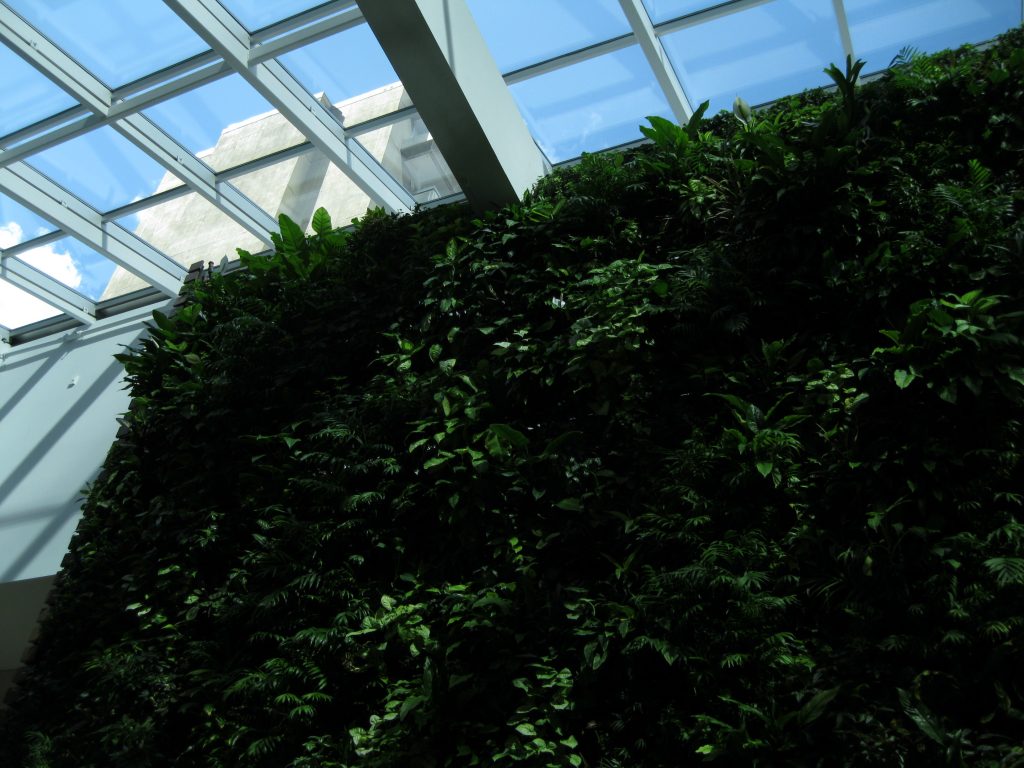
Local business men and entrepreneurs were not daunted by the Canadian Pacific Railway being located west of the Elbow River and as Calgary grew the area attracted industries and they upgrade their properties. Nowhere was this more evident than on 9th Avenue during the optimistic days prior to World War I.
The +15 Skywalk
A really awesome feature of the city is the overground passages between all the major buildings in the Downtown Core. They are known as the +15 Skywalk due to being based 15 feet above street level. Similar passages are also found in Edmonton were they are known as the Pedway and is different to other major Canadian towns like Montreal and Toronto where they have a lot of underground passages.
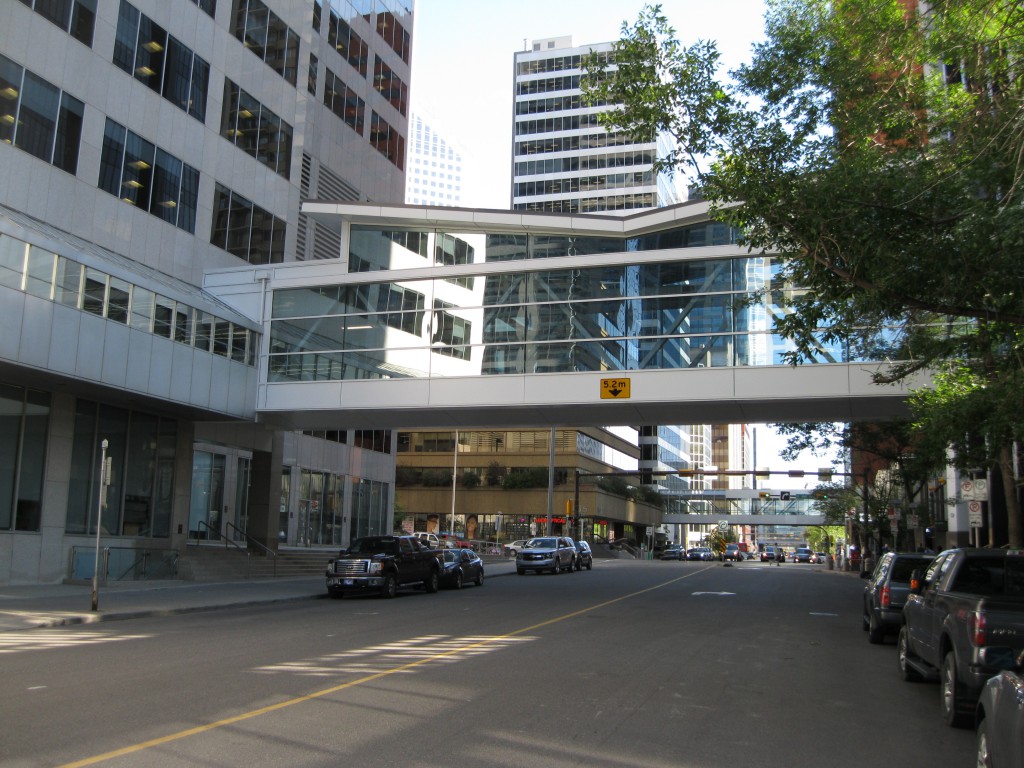
In all cases these were built due to the harsh winters so people could walk around the city and avoid the extreme cold. In Calgary the skywalks are such a great way to get around town. You get to walk among all the great skyscraper architecture and you’ll have great views of the city from the passages.
You will pass through many cool buildings and as you stroll along you will have the opportunity to check out different kinds of shops and restaurants. There is such a cool buzz and it is definitely one of the highlights of Calgary. Along the Skywalk path within the Skyscrapers benches and recreational areas are located where you can have a sit down, making it all so very cosy. There are several points along the way with exits leading down towards the street.
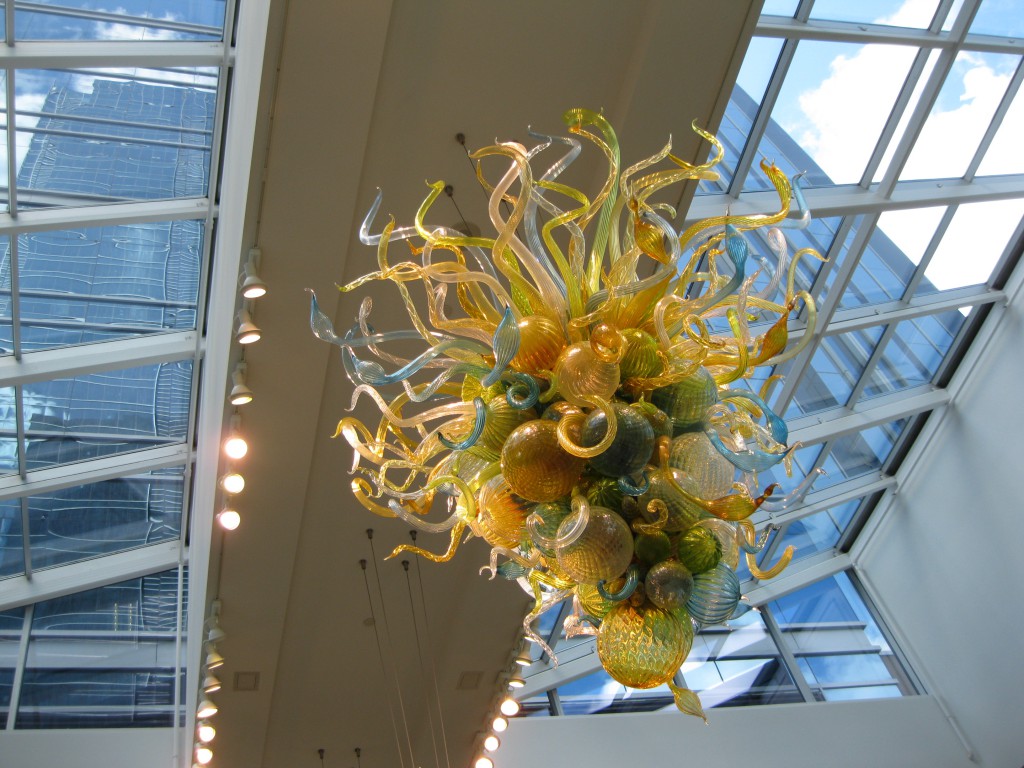
Retailers on the street level have been a bit upset though as it has been hard on their business with less people on the streets. For that reason it has also made Calgary a bit more unsafe.
The Winter Garden
Certain areas within the Skywalk are really beautiful such as the Winter Garden at Jamieson Place at 308 4th Avenue SW. This is a big indoor garden space where you can sit down and chill with a cup of coffee or have a chat with your mates. It is the largest indoor garden in Canada with about 20,000 plants and also contains glass art by artist Dale Chihuly.
He created three chandeliers that were assembled on the spot and contains more than 400 pieces of brown glass in soft tones of yellow, blue and amber. The inspiration for his work was to see the world through an abstract glass flower. Dale Chihuly is also responsible for the amazing ceiling decoration in the lobby at the Bellagio Hotel and Casino in Las Vegas called “Fiori di Como”.
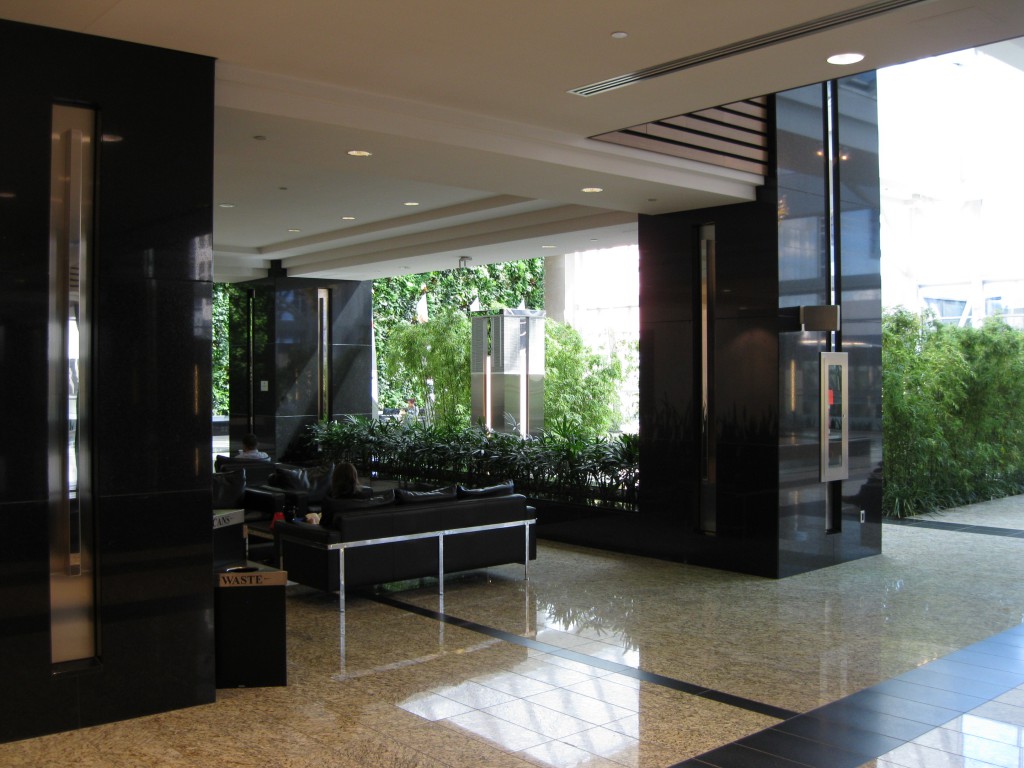
The Winter Garden is such a magnificent spot and one of the most awesome features in town. It is quite magnificent being among the chandeliers and plants located inside a skyscraper. A very neat spot is the massive hanging garden at one of the walls on the west side also known as the living wall.
Footplates on the Pavements
An interesting cool feature, which you will notice when walking around town, is the footplates you will see on the ventilation shafts in the pavements that have been made to accommodate ladies in high heels. Very neat. Anything encouraging ladies to wear high heels is good.
The River Walk
If you feel like going for a hike you should do the River walk. This is an awesome way of exploring the city and its surroundings as you will be exposed to great views of the rivers and the city skyline which will all change the further you get down the path.
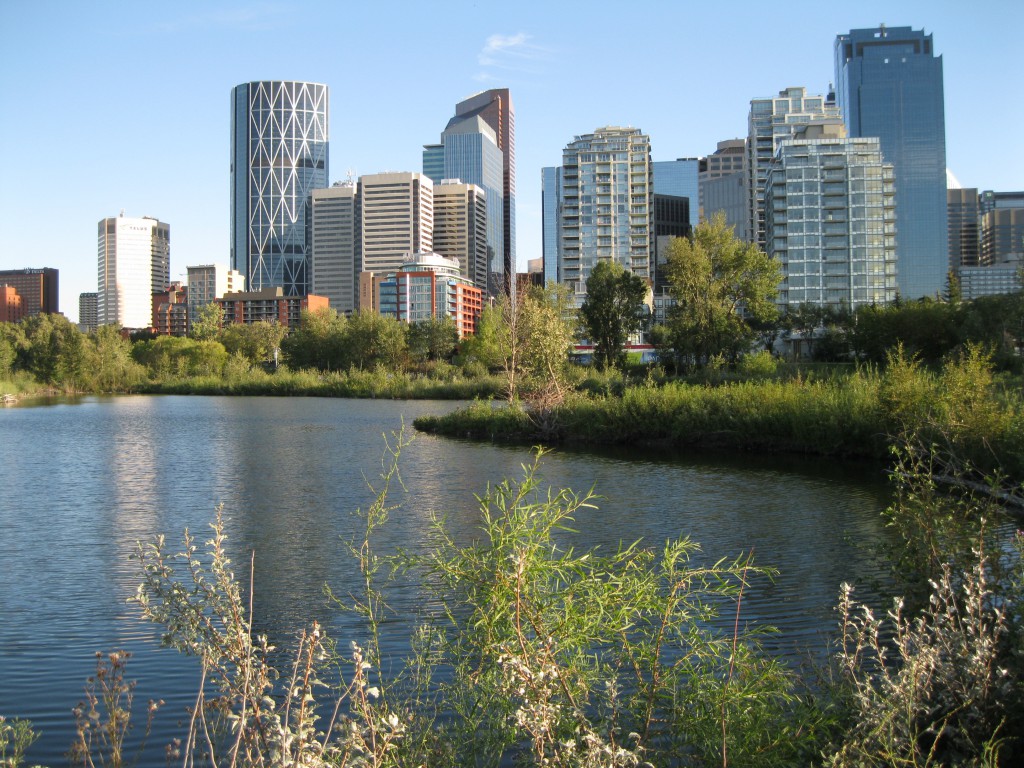
Note a cool detail in the pavement. It’s got emerald coloured glass pieces to resemble the beautiful colour of the lakes in the Canadian Rockies. The River Walk is a 4 km (2.5 miles) long and goes along the Bow and Elbow Rivers.
At 2nd Street SW, the Jaipur Bridge and the pathway in continuation of 6th Street SW, you can enter Prince’s Island Park which is a nice little breathing spot of the city. There are several of nice pathways on the island where you can have a walk or ride your bike. You will find benches giving you an opportunity to sit down and have a chill.
The views are great of the island itself which is lush and green, the Bow River and the city skyline from all sorts of angles. When you get to Louise Bridge, you can walk across and check out a more suburban area of Calgary called Kensington. Just for the experience of exploring a residential area and then return back crossing the same bridge.
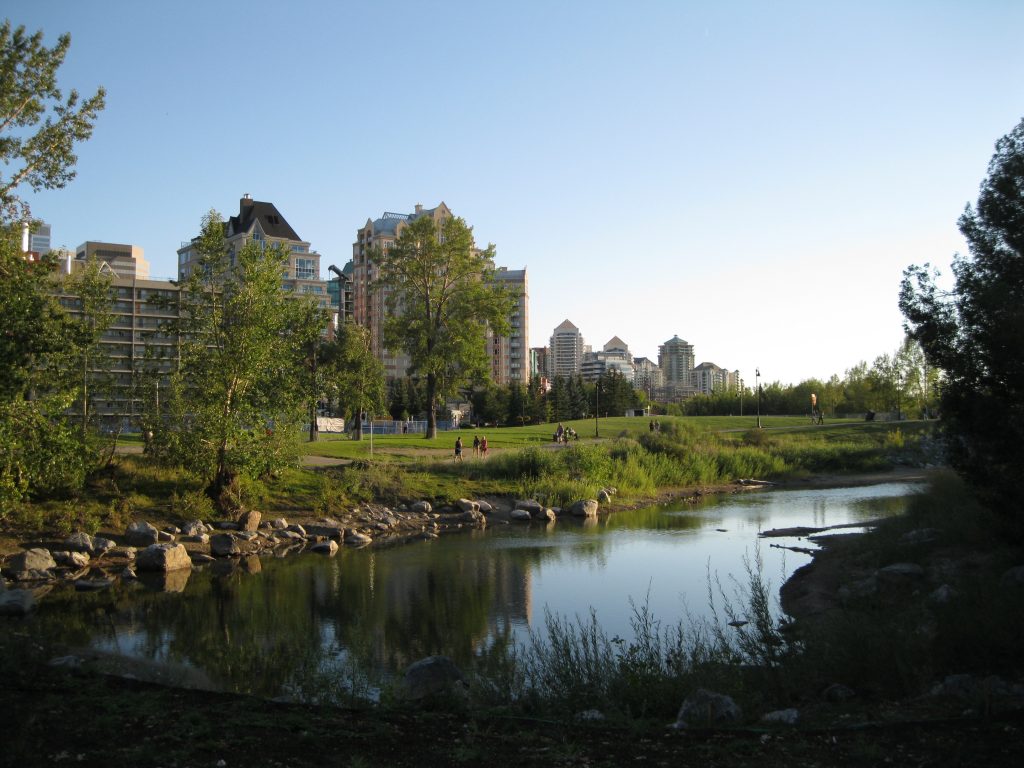
You can either return to the River Walk or continue on the streets of the Downtown Core where you will get a chance to see the city from a different view as you walk around the city heading down random streets. This is such a great way of experiencing a city such as Calgary as you may just find something cool you initially hadn’t planned.
The Calgary Tower
Going to the Calgary Tower observation deck is an absolute must and one of the highlights in Calgary. It is located at 101 9th Avenue, is 191 metres (627 ft) tall and was completed in 1968. It’s based 1228 metres (4,029 ft) above sea level and in that sense it is the highest 360 degrees observation deck in the world.
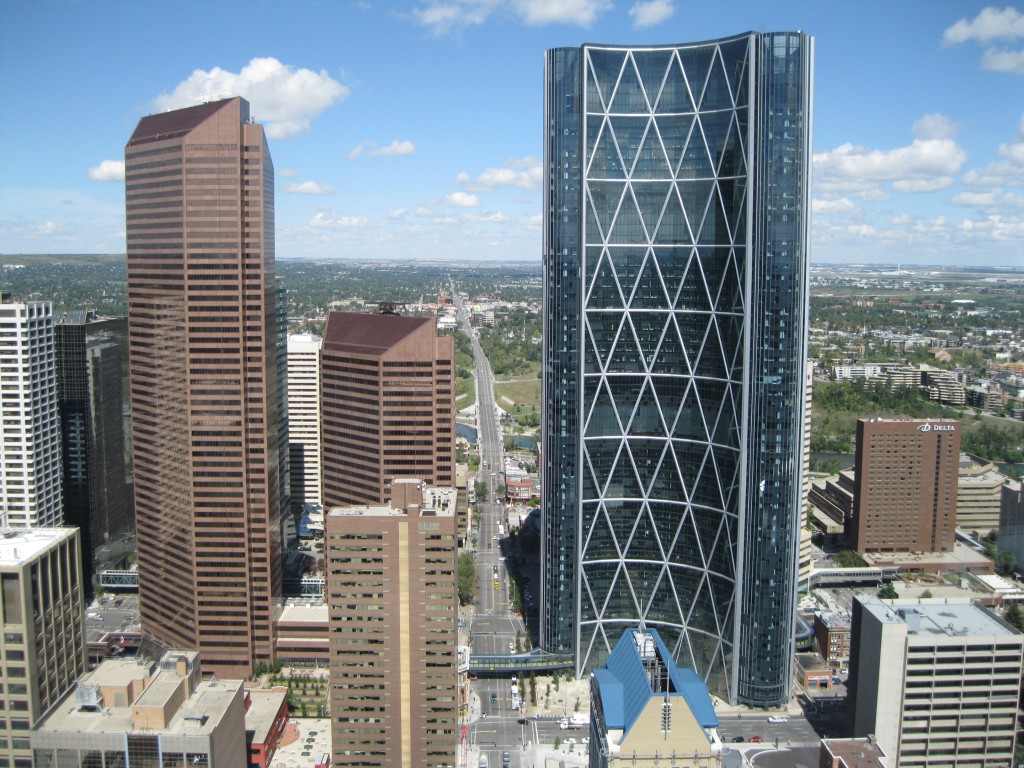
The first very cool thing you will encounter is that there is no security check. You just purchase the ticket and enter the lift to go to the top of the tower. This way you are not wasting any unnecessary time.
There observation deck is based indoors and one of the great things about the design of the tower is that the windows are angled in such a way that you won’t have too many issues with reflections when taking photos. Unlike the observation deck at One World Trade Center in New York where you’ll experience major issues taking photos due to reflections in the windows.
The most popular area is the part of the tower facing the Downtown Core which features a glass floor which you can stand on right above the city. This is really cool and it’s also the spot where you’ll have the best view of the city with the stunning buildings such as the Bow. You can easily spend about 1-2 hours up here checking out the beautiful skyline and the Saddledome at the Stampede Ground.

Take your time, walk around, take photos and listen to the brilliant audio guide giving information about the scenery and will also have quirky historic facts and stories as well. Highly recommended.
In comparison with other observation decks around the world, the Calgary Tower is one of the nicest. It’s small but it provides excellent views of the city and its surroundings with the perfect location right in the heart of the city. The fact that it is not that busy is great as you get the chance to stroll around quietly without too many distractions and you can take your time and enjoy the views.
Stephen Avenue
A walk down Stephen Avenue is a delights as well. This is also known as 8th Avenue with a pedestrian mall between 1st Street SE and 4th Street SW. You can have lunch or dinner at one of the many nice cafés and restaurants on Stephen Avenue such as Milestone Bar and Grill which is a cool, classy and laid back place.
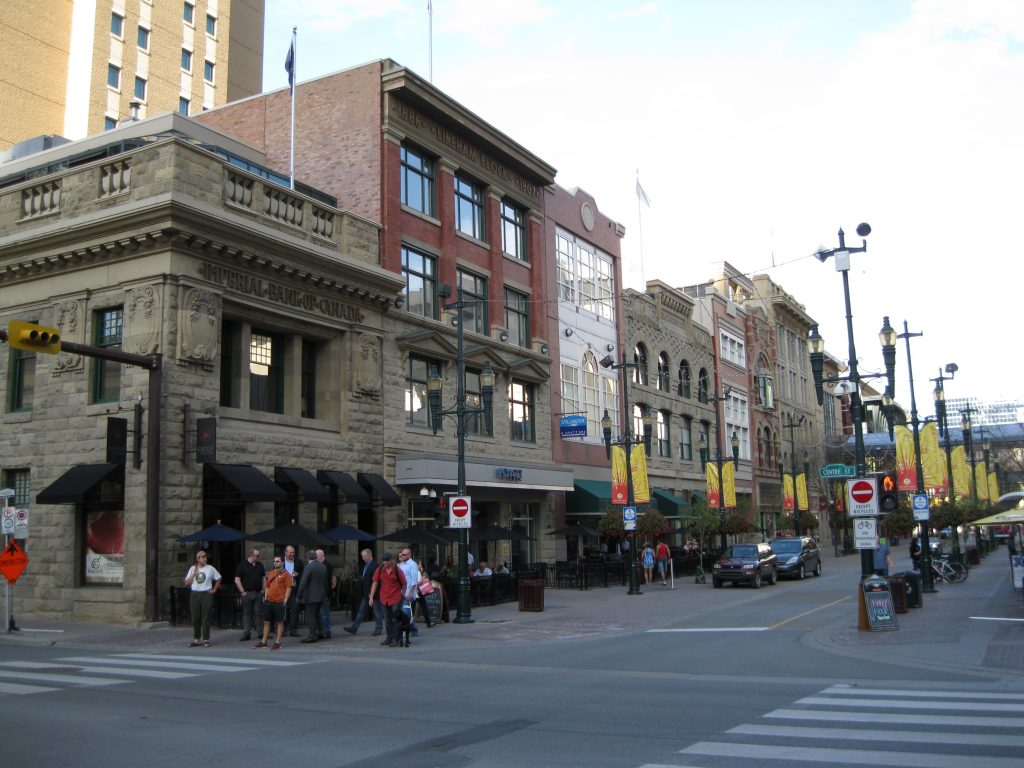
Some of the most interesting historic architecture in town is located along this avenue and the views provided are a combination of old structure and modern skyscrapers. Really cool and there is such a nice buzz in this part of town. You will notices the different interesting features heading down the avenue such as “The Converstation” which is a sculpture of two men talking and the so-called steel trees, which are not the most aesthetic structure, but it was designed to reduce the gust between the buildings.
On the pedestrian section, which is also the main shopping mall, you will find plenty of opportunities for shopping. Here you can also enter a major department store from the building called Hudson Bay.
The Old City Hall
At the end of Stephen Avenue at 800 Macleod Trail, the old and new City Hall are located. Both are still in use. The old being a four storey sandstone structure completed in 1911 and the new is a modern glass structure.
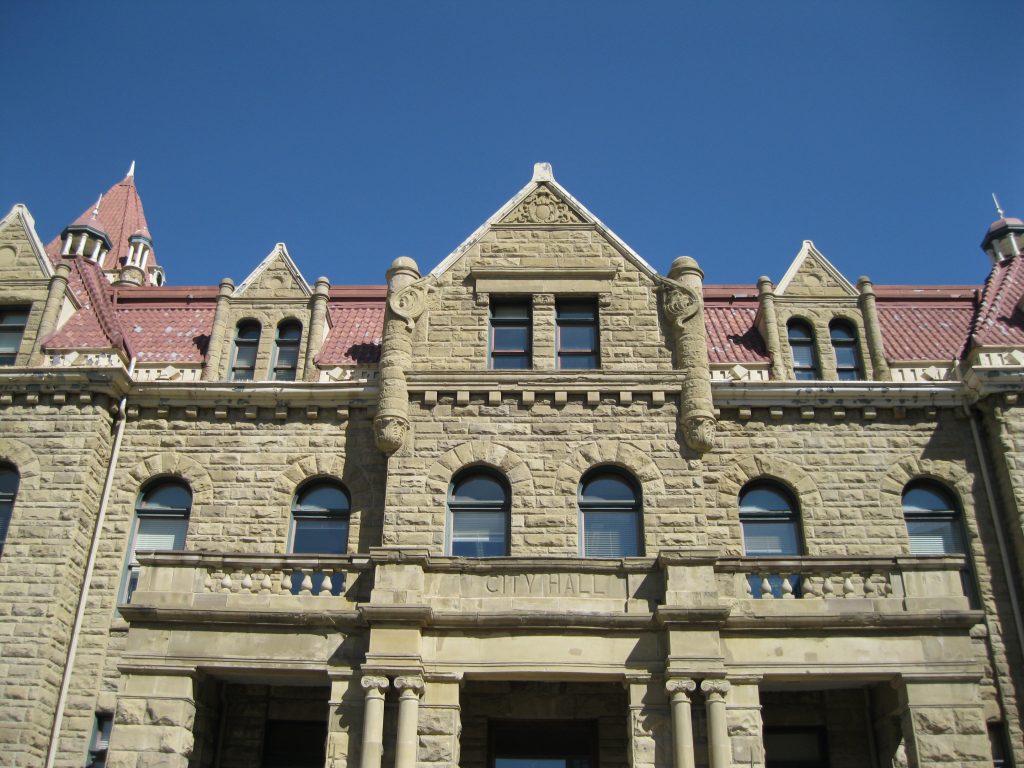
The old city hall is one of the last remaining civil hall buildings built around several prairie towns before the 1930s. Furthermore it is significant due to the superior position which Calgary had in Southern Alberta back in the day. It was an urban centre as they benefited from and contributed to the economic, political and social progress of the region.
The structure was designed by William M. Dodd in the style of Richardsonian Romanesque which was predominant for large public buildings in North America at the time. One of the main features of the building is the massive single tower clock.
The Burns Building
The Burns Building is located at 237 8th Avenue at the end of Stephen Avenue and was completed in 1912. The architectural style is Edwardian Classical and was constructed to be the corporate headquarters for Pat Burns who was an Albertan rancher, businessman and senator. The building has got some interesting details such as a Lion’s head on the exterior.
Historic Buildings & Skyscrapers
Walking around the Downtown Core you will see several historic buildings such as the Burns Building, Jack Singer Concert Hall, the Cathedral Church of the Redeemer and Alberta Block.
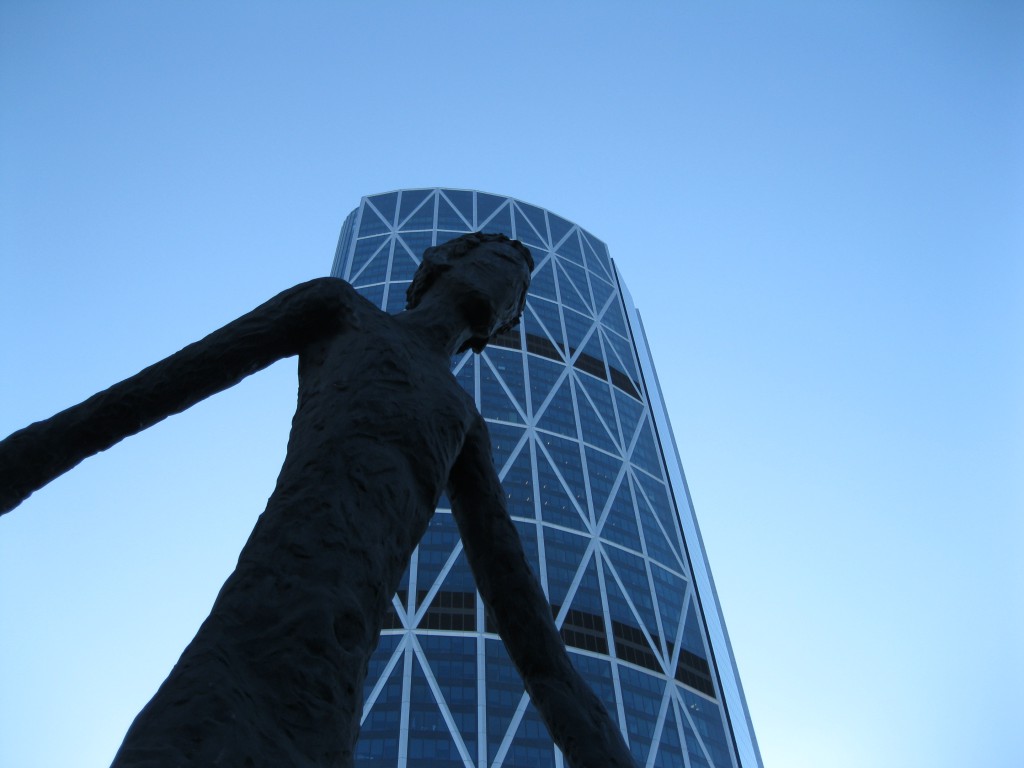
Another cool thing you can do when walking around town is checking out the many skyscrapers. There are a fair bit of class towers and it is great fun to take photos of the reflections in the buildings of neighbouring structures. You can get some neat images.
The Bow: The Building
Towards the river at 500 Centre Street, the Bow is located which is the most impressive structure in town. It was designed by the British based company Foster + Partners and the local Zeidler Partnership and was completed in 2012. It is 236 metres (774 ft) tall, the floor count is 58 and it is the tallest building in Canada outside Toronto.
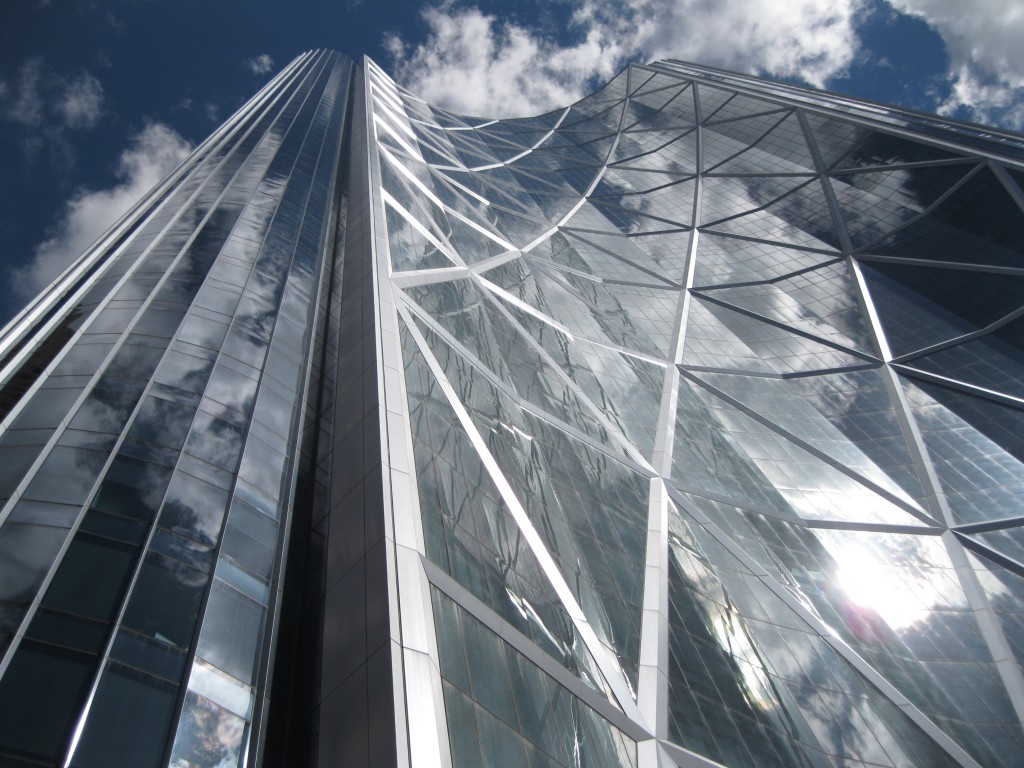
To build the complex the historic York Hotel had to be demolished. Due to the historic significance of this building it was decided to incorporate between 70-80% of the bricks from this structure into the Bow. The bricks were numbered and placed on the original spots in the new building where two walls were reconstructed.
The shape of the Bow was based on climate analysis. The building faces south, curves towards the sun to take advantage of the daylight, heat and the view of the Rocky Mountains. The tower has its narrowest profiles to the northwest and southeast, deflecting prevailing winds from those directions which reduced the structural loading.
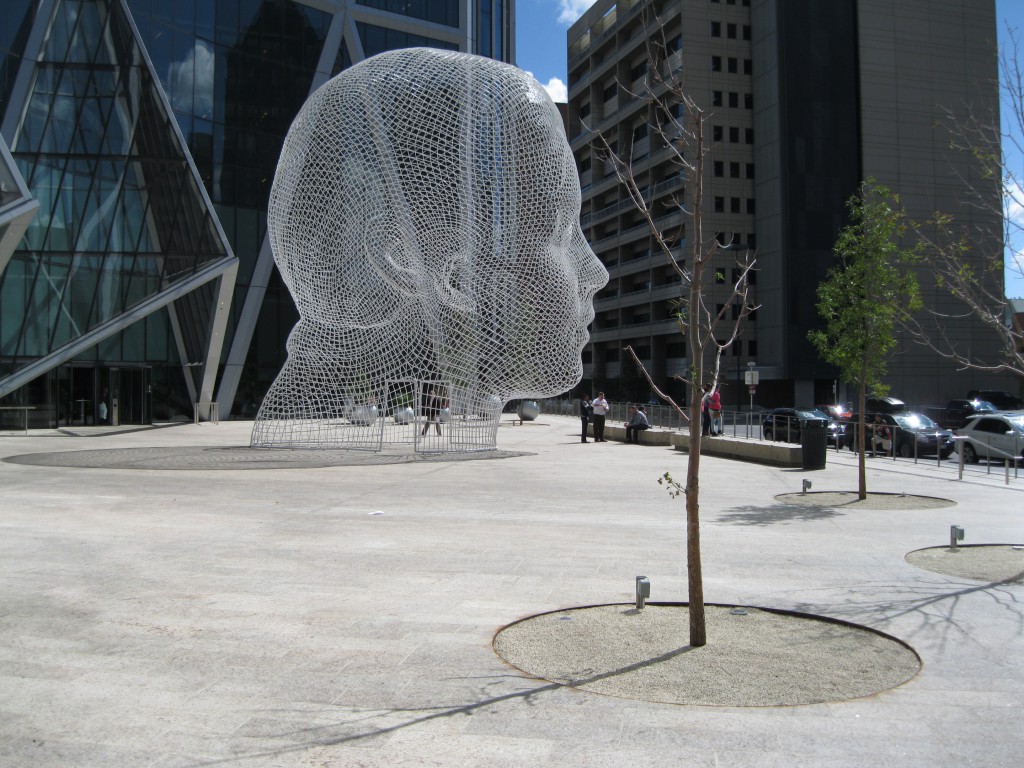
This resulted in less steel being used in the structure. Where the building curves inwards, the glazed façade is pulled forward to create a series of atrias, which are central skylit areas that run the full height of the structure. These spaces acts a climatic buffer zones that insulate the tower and keep energy costs down. Very impressive.
The public base of the building is filled with shops, restaurants and cafés continued into a plaza. Furthermore there are three six storey gardens which stimulate natural ventilation and also reduce energy costs. The tower is also linked to the +15 Skywalk via two points
The Bow: The Art Work
In the front and in the back of the building, two cool pieces of art work are featured. Both designed by Spanish Catalonian artist Jaume Plensa who’s also responsible for the Crown Fountain at Millennium Park in Chicago. Both sculptures are uniquely impressive.
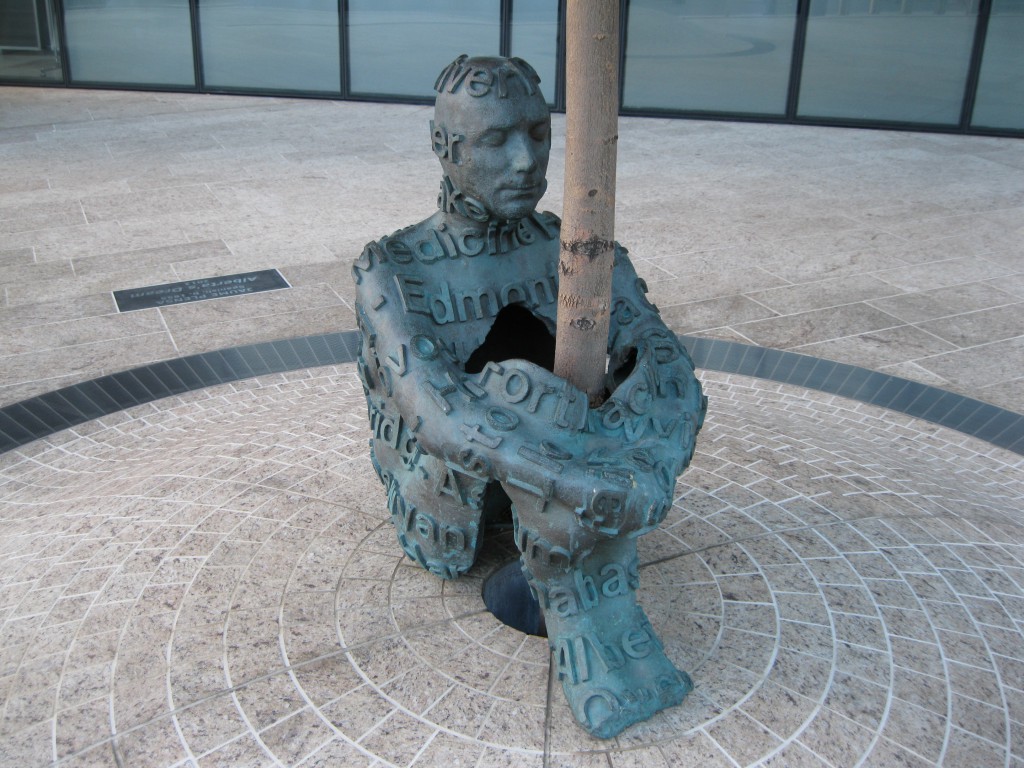
The piece on the backside is called Alberta’s Dream, is made of bronze and is nicknamed the Tree Hugging Man as it features a man hugging a tree. All over the corso of the man it features the names of the cities from which the construction workers of The Bow are from. A very cool tribute and furthermore it’s amazing how the tree has not been a victim of vandalism which goes to show how respectful Calgarians are.
The structure at the front is called Wonderland which is a 12 metres (39 ft) tall girl’s head of white bent-wire. Note that the eyes are closed. Plensa constructed two entrances so you can walk inside and take cool shots with The Bow in the background or from the outside also with The Bow as the backdrop.
The Suncor Energy Centre
At 150 6th Avenue the Suncor Energy Centre is located. It’s the second tallest building in Calgary and the 13th tallest in Canada. It was completed in 1984 and the structure contains two granite and glass-clad towers. The west section has a floor count of 53 and is 215 metres tall, the east section has 32 floors and is 130 metres tall.
Eight Avenue Place
Eighth Avenue Place is a beautiful glass twin tower complex consisting of the East building which was completed in 2011, is 212 metres (696 ft) tall and with 49 storeys. The West building was completed in 1984, is 177 metres (581 ft) tall and has 40 storeys.
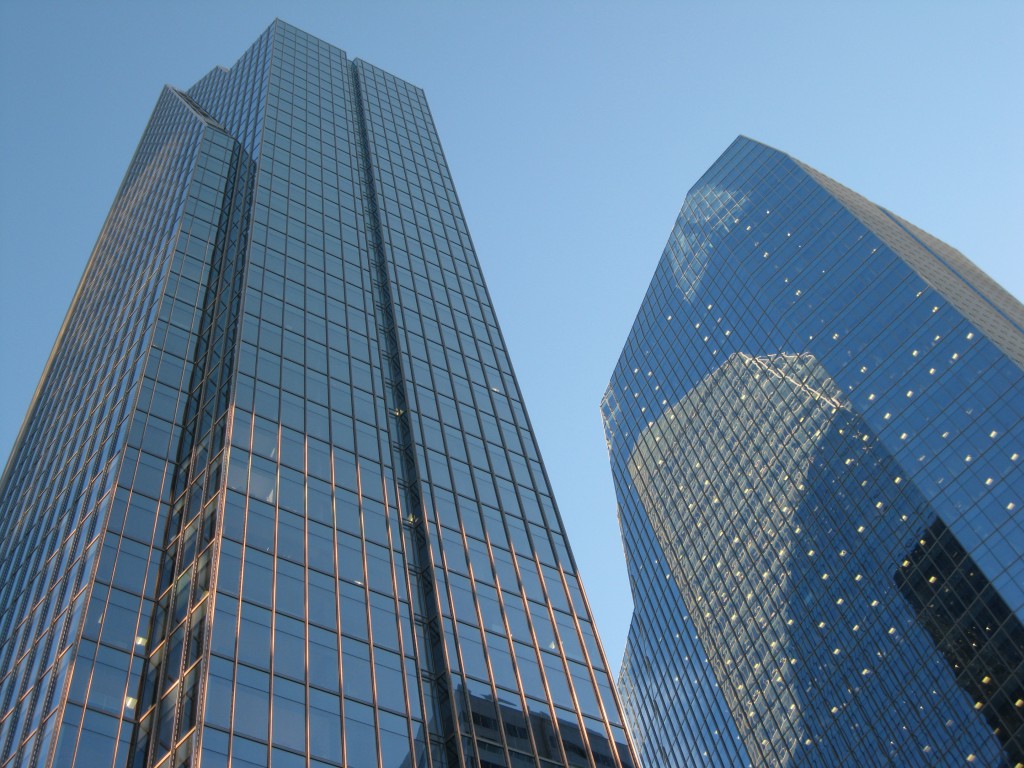
The structures have a Rocky Mountains theme with green tinted glass of the western face reminiscent of the emerald colours of the lakes of the Canadian Rockies. The rest of the buildings have a dark grey layer symbolising the shifting tectonic plates of the mountains.
The Family of Man
In the Downtown Core the sculpture The Family of Man is located which is an awesome piece of art work and one of the highlights in town. It was originally built for the Expo ’67 in Montreal in and then moved to Calgary in 1968 where a Calgarian had purchased it for the city.
The sculpture is 6.5 metres (21 ft) tall, is made of aluminum and was created by artist Mario Armengol. The artist’s concept was to describe how Britain deals with international conflicts. Two moods are displayed in the piece which are the dominating nature of man and the feeling of dependence and insignificance.
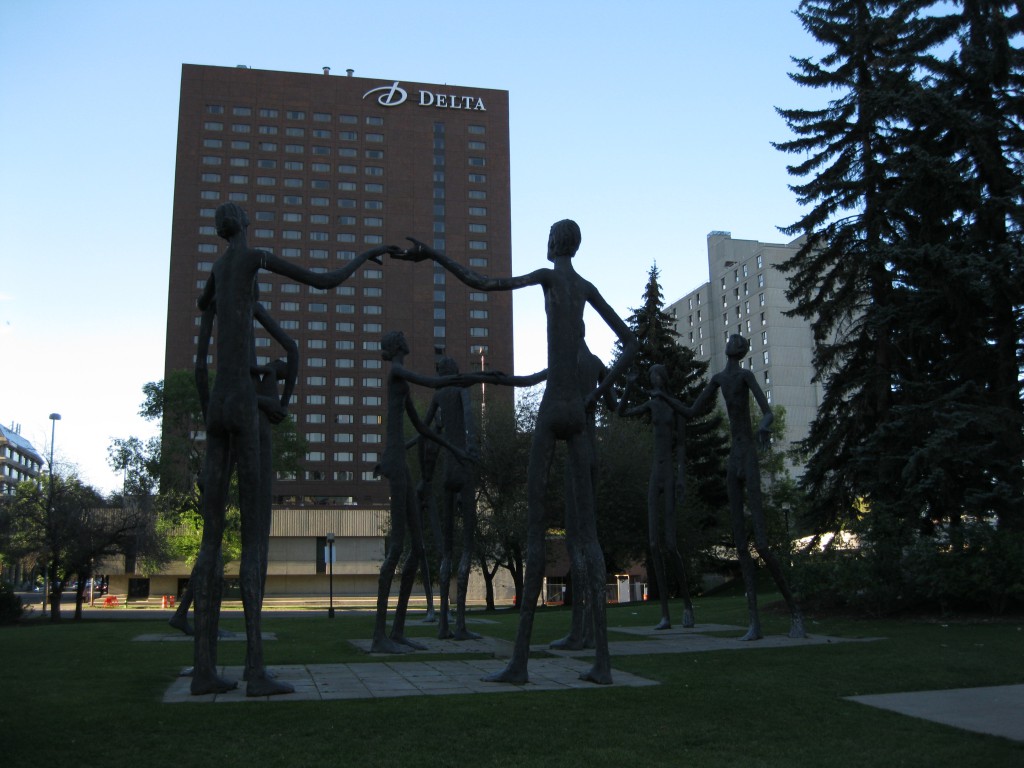
It’s a wonderful sculpture of tall, slim and outstretched humans which are all naked, expressionless and combined in groups extending their hands in a gesture of fellowship.
Have a stroll around and inside the piece. It is so unique and you can enjoy it from many different angles. It’s a perfect opportunity to take many different abstract photos and you can take some really cool shots with The Bow in the background.
The Famous Five
As mentioned earlier there are many examples of great public art work around town. Some of it is partially founded by the private businesses from the area. An example is the abstract sculpture at Livingston Place. Also in the Downtown Core you will find a statue of the Famous Five which is identical to the one on Parliament Hill in Ottawa.
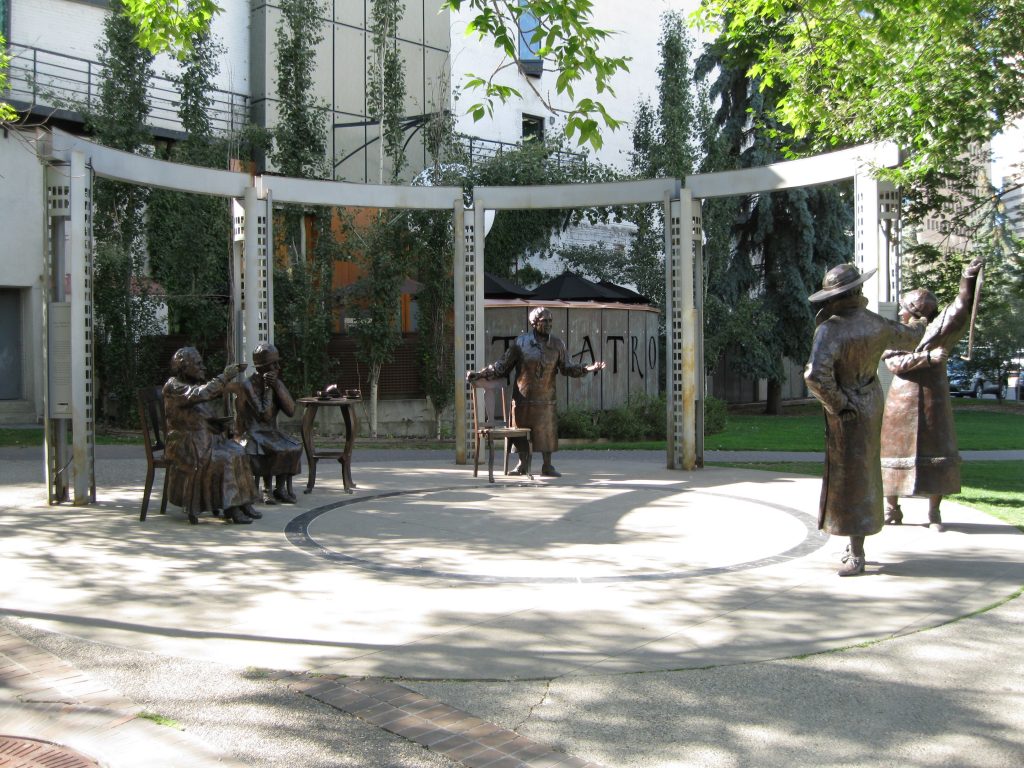
The Famous Five were five ladies who fought for women’s right to be recognised a people back in the late 1920’s, which they weren’t at the time and therefore couldn’t be appointed to the Senate. They filed a petition in 1927 and in 1928 Canada’s Supreme Court replied that women were not considered such persons. This decision was later overturned by the British Judicial Committee of Privy Council in 1929.
Central Memorial Park
If you walk from the southern part of the city towards the Downtown Core you will have a great view of the city skyline. If you head through Beltline district you should check out Central Memorial Park. As you enter the park there is such an awesome view of the park itself in the foreground with the Calgary Tower and its surrounding skyscrapers as the backdrop. The perfect opportunity for a great shot.
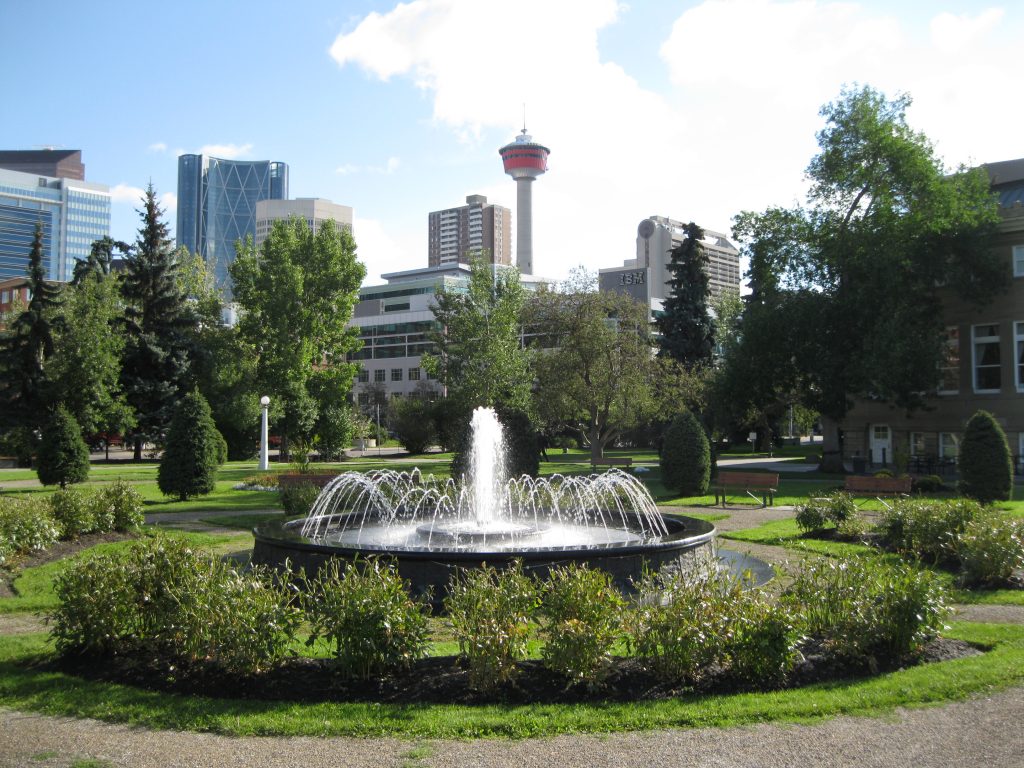
It’s a nice little breathing space where you find a beautiful garden with the Boer War monument which is also an awesome shot against the Calgary Tower and the city skyline. The park fountain is yet another killer photo with the Calgary Tower, The Bow and the cityscape in the background.
The park is also the home to the Memorial Park Library which is also a pretty cool paskapoo sandstone building. This is just a very neat park to visit.
The Murals and Doug Driediger
As you meander your way through the city you will notice some murals here and there. An example is “Giving Wings to the Dream” by artist Doug Driediger located at 7th Avenue SW which was created in 1995. The piece show two hands reaching towards a white dove setting off into the sky.
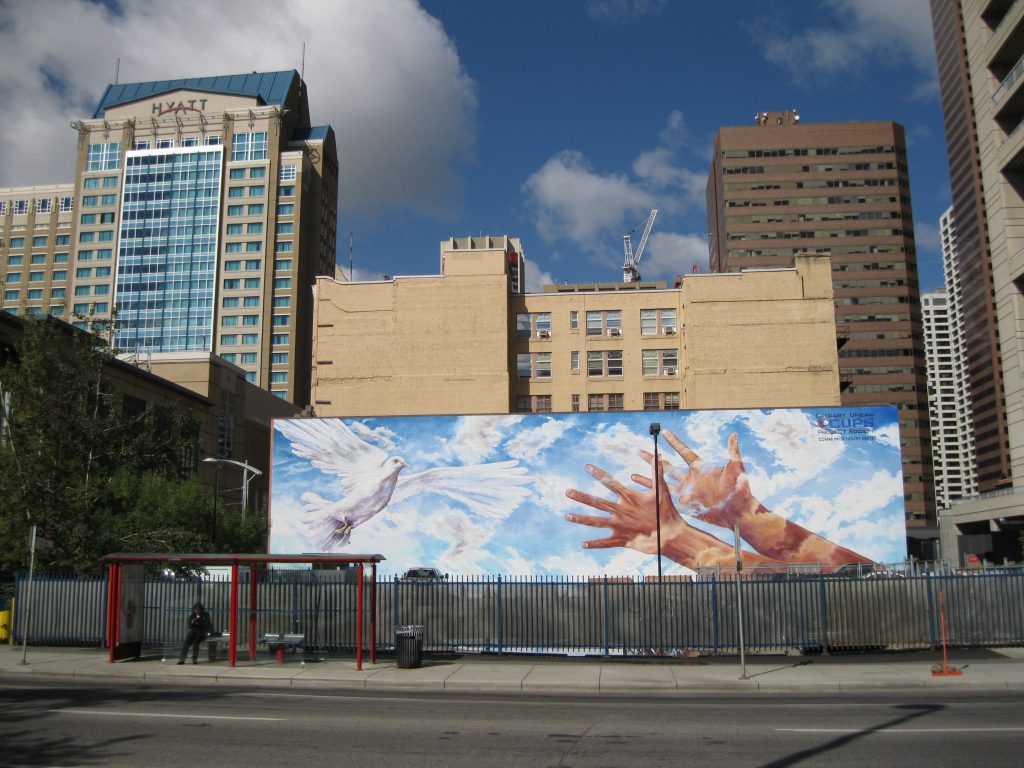
In 1997, Driediger created a mural which is probably the largest in North America on the backside of the Petroleum Club known as the “Turner Valley” mural. It’s visible from 6th Avenue SW and marks the impact of the gas and oil industry in Canada with a rig crew, and original wooden derrick and a vintage water truck.
To the left a ranching scene is displayed of a landowner with little girl on a horseback with cattle and pump-jacks in the background. Beside being a testament to the importance of gas and oil industry and it also commemorates agriculture throughout Alberta making it a prosperous place for people to settle.
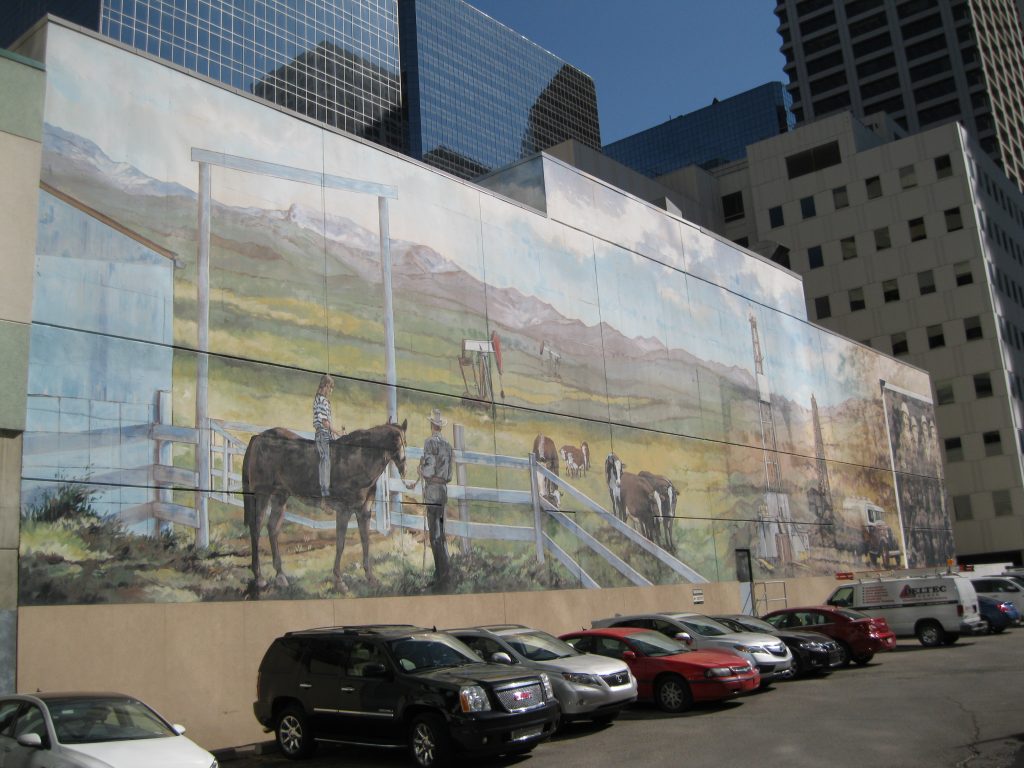
On the Stampede Corral building at the Saddledome you will find yet another awesome mural which is worth checking out, also created by Doug Driediger in 1996. This is a tribute to the history of the west with images of cowboys, Indians and Mounties.
The Saddledome and the Stampede Park
An amazing structure that stands out is the aforementioned arena known as the Saddledome, based a bit outside the city centre at 555 Saddledome Rise at the Stampede Park. It within walking distance from Downtown and will take you about 15 minutes by foot.
As the name suggests, the roof of the venue is shaped like a saddle. Construction was completed in 1983 and it was renovated in 1994.
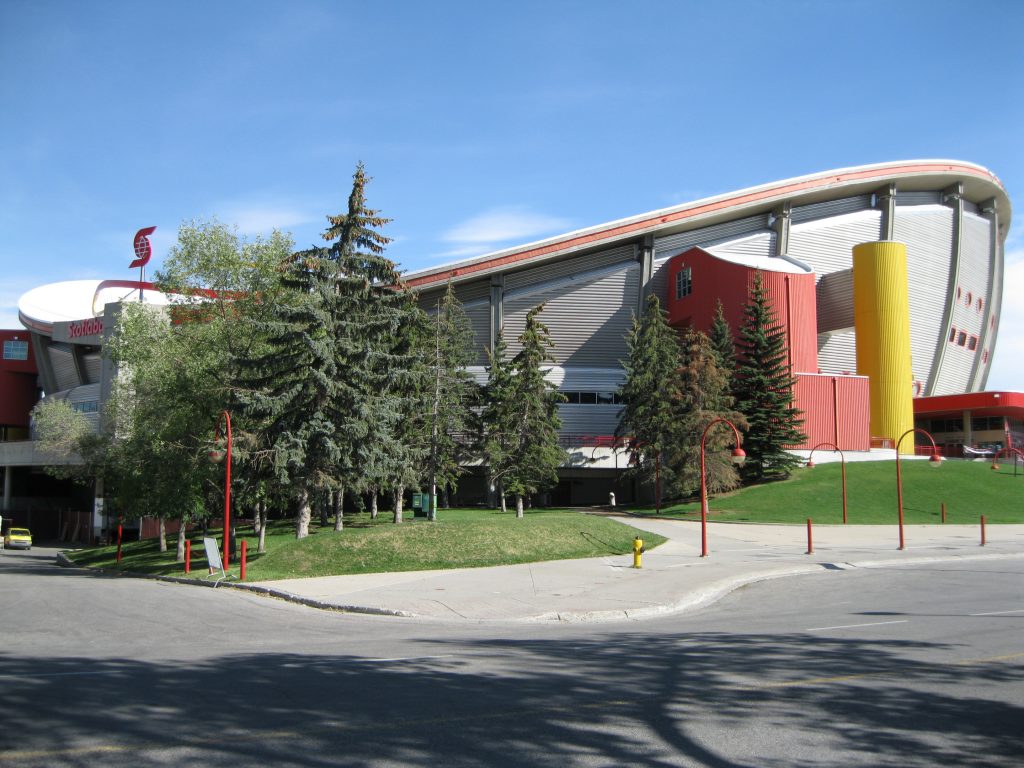
The Saddledome is the home turf of the local hockey club the Calgary Flames. It is also the home of hockey club the Calgary Hitmen and the lacrosse team the Calgary Roughnecks. During the 1988 Olympics it hosted the figure skating and hockey tournaments.
The Saddledome is a pretty impressive structure and it is definitely worth having a walk around the grounds to check out this magnificent piece of architecture. The design is really unique and unlike any other arena.
The Stampede Grounds has other major facilities such as the Grandstand which is the venue for the annual rodeo and can host 17,000 people.
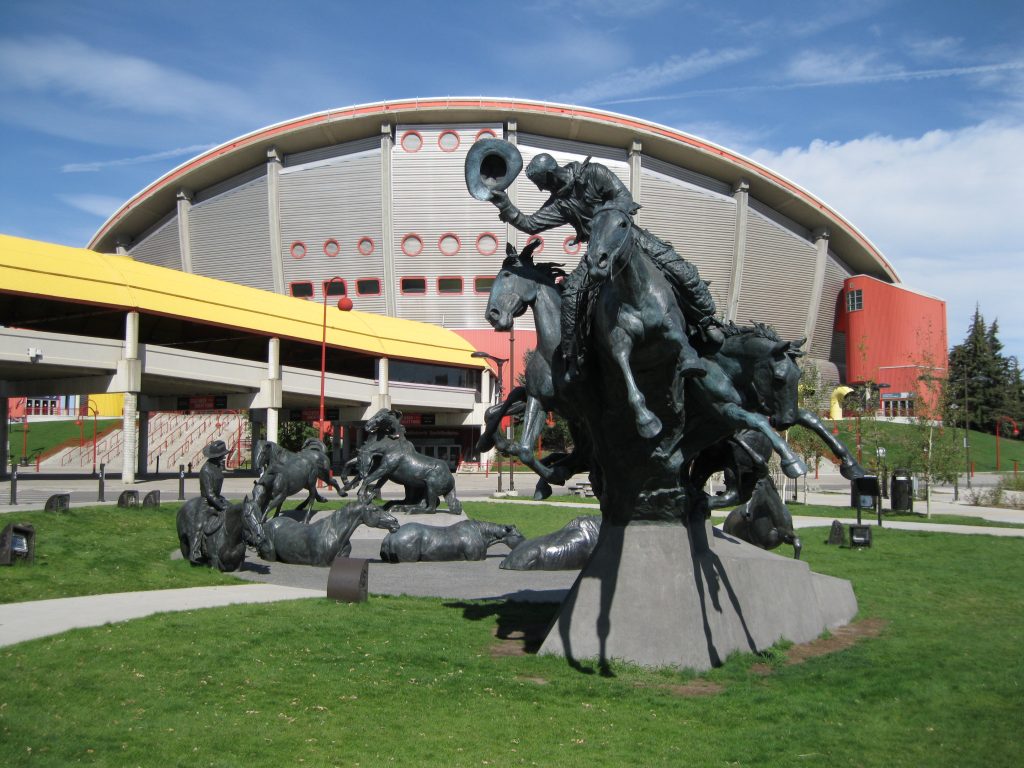
Furthermore the park has some interesting sculptures such as “By the Banks of the Bow” created by Albertan artists Rich Roenisch and Bob Spaith which resemble the past, present and future of the Stampede’s relationship with the community. This is a beautiful piece, situated in front of the Saddledome which is a perfect photo opportunity.
Another sculpture is called “Our Land – Our Future”, located at the Saddledome created by Vilem Zach. It represents an Albertan farm family and celebrates the pioneers.
